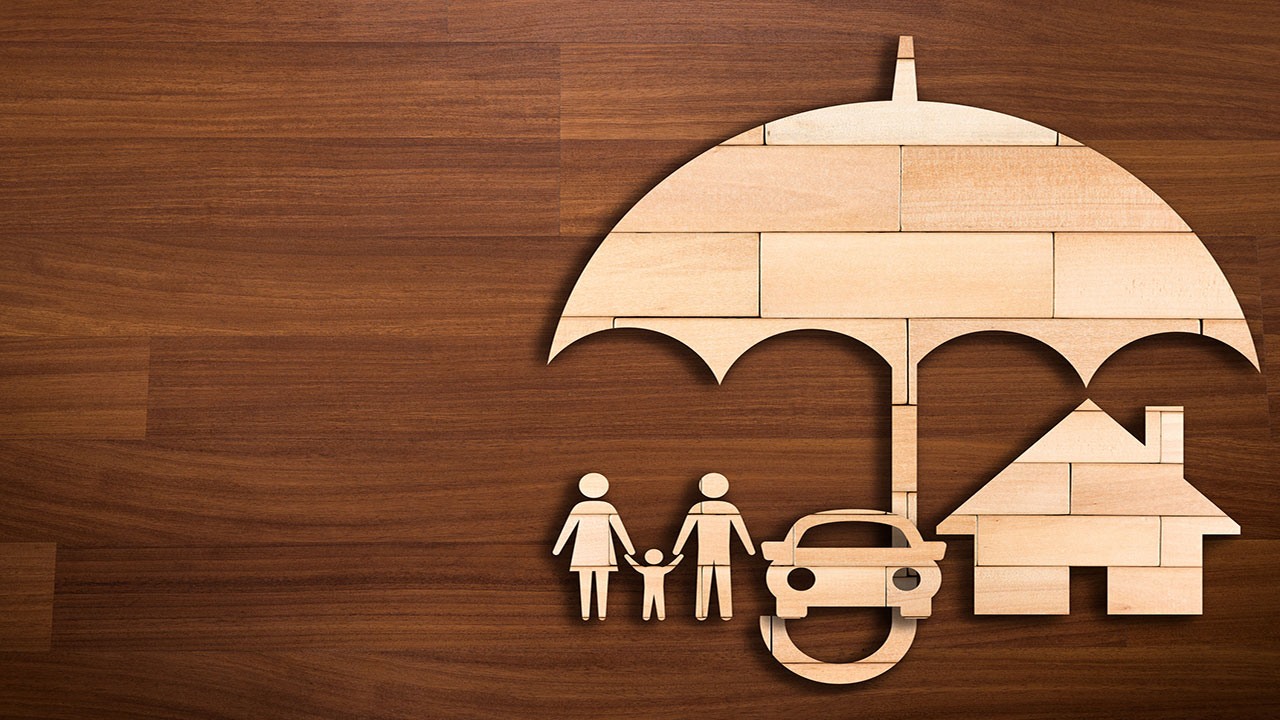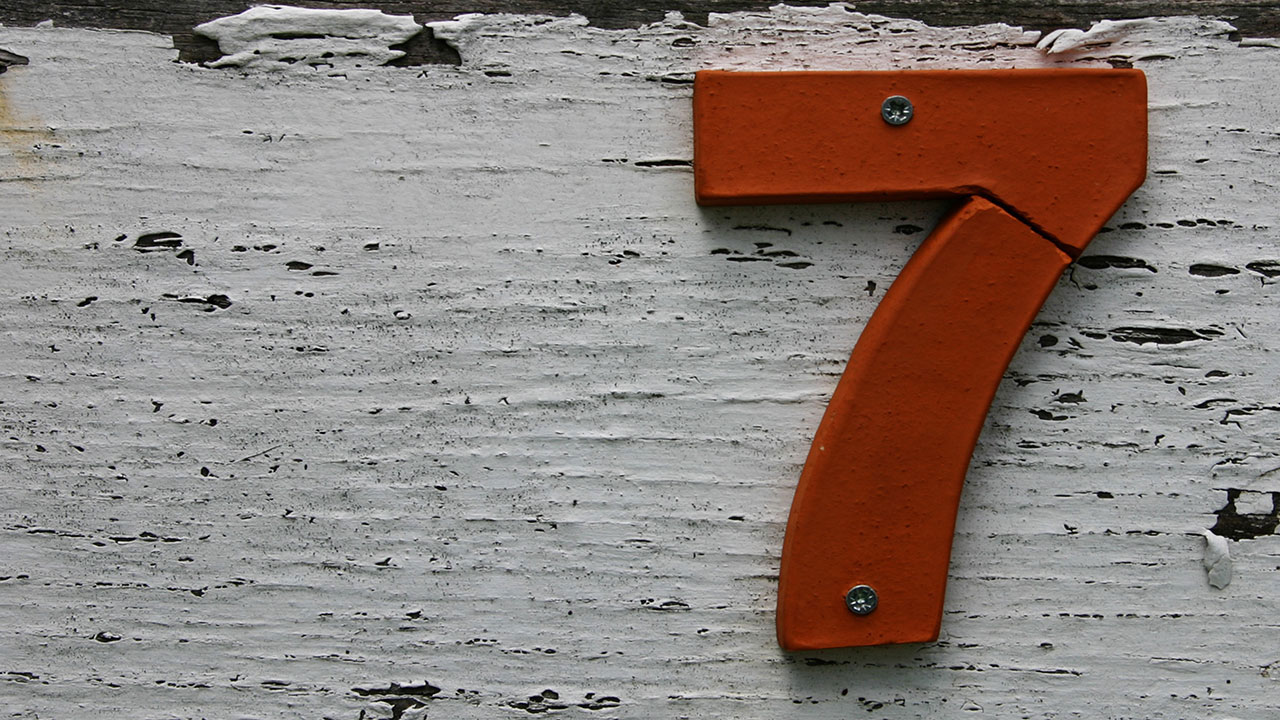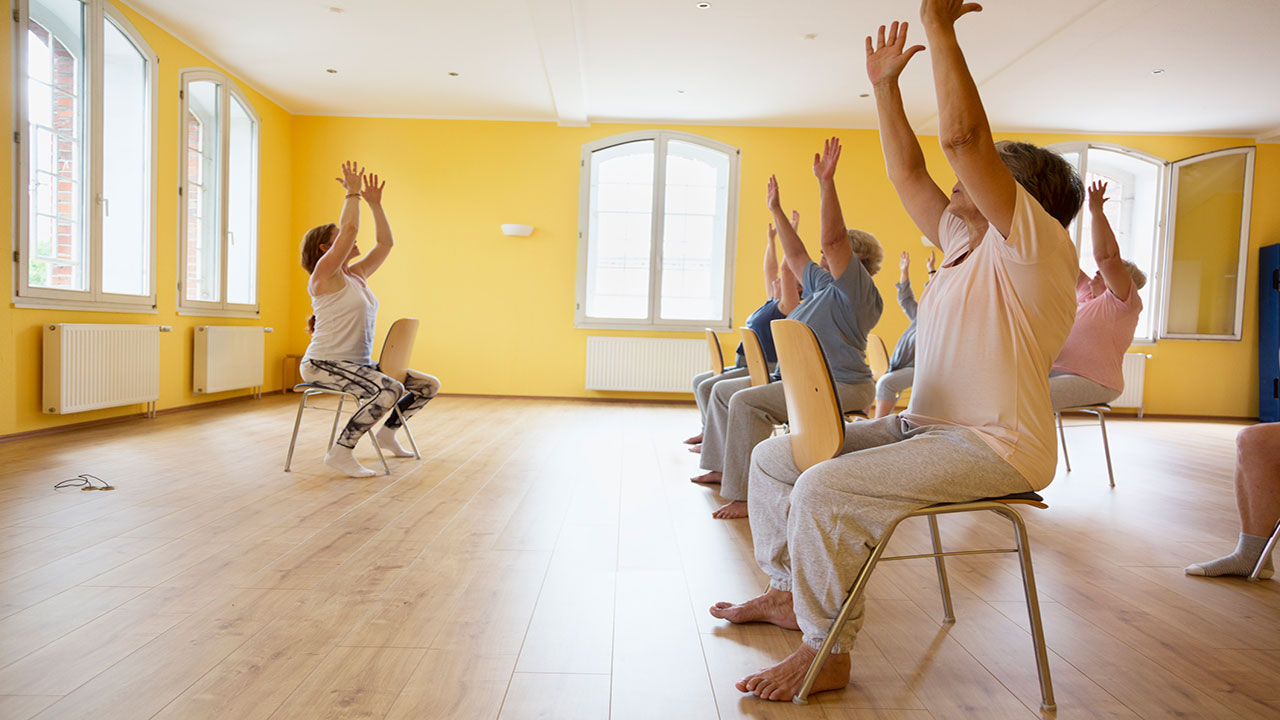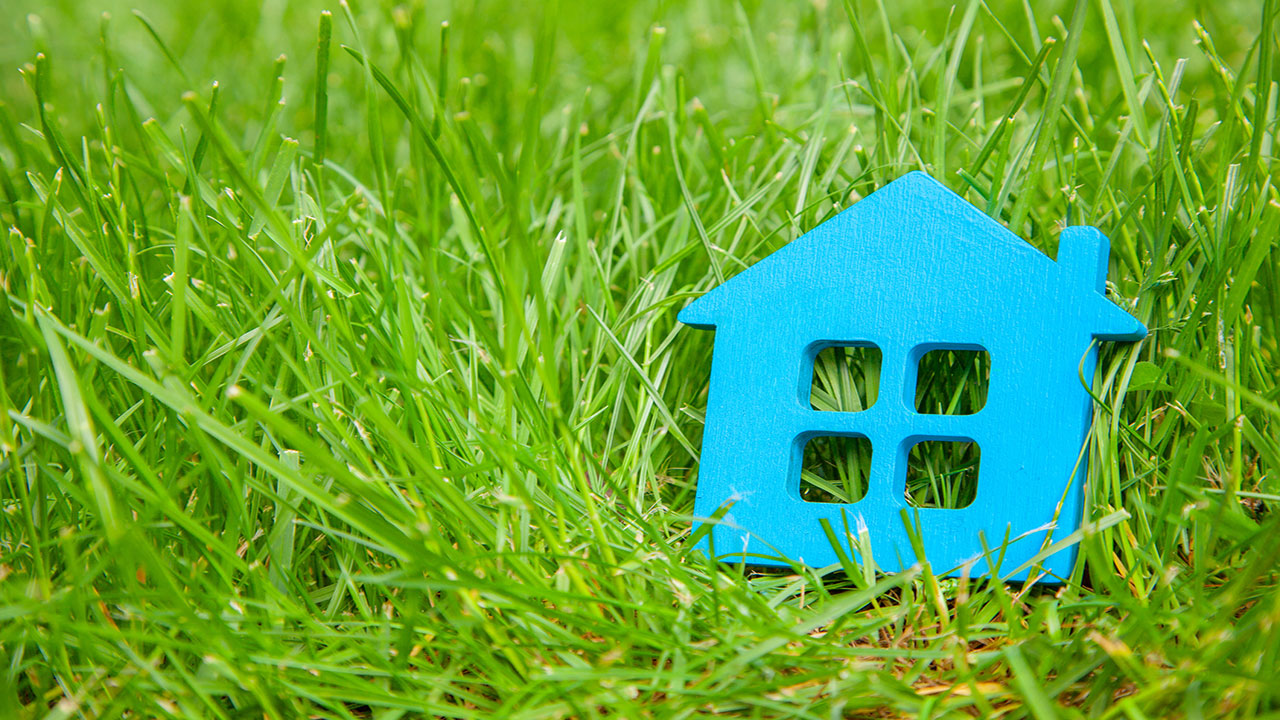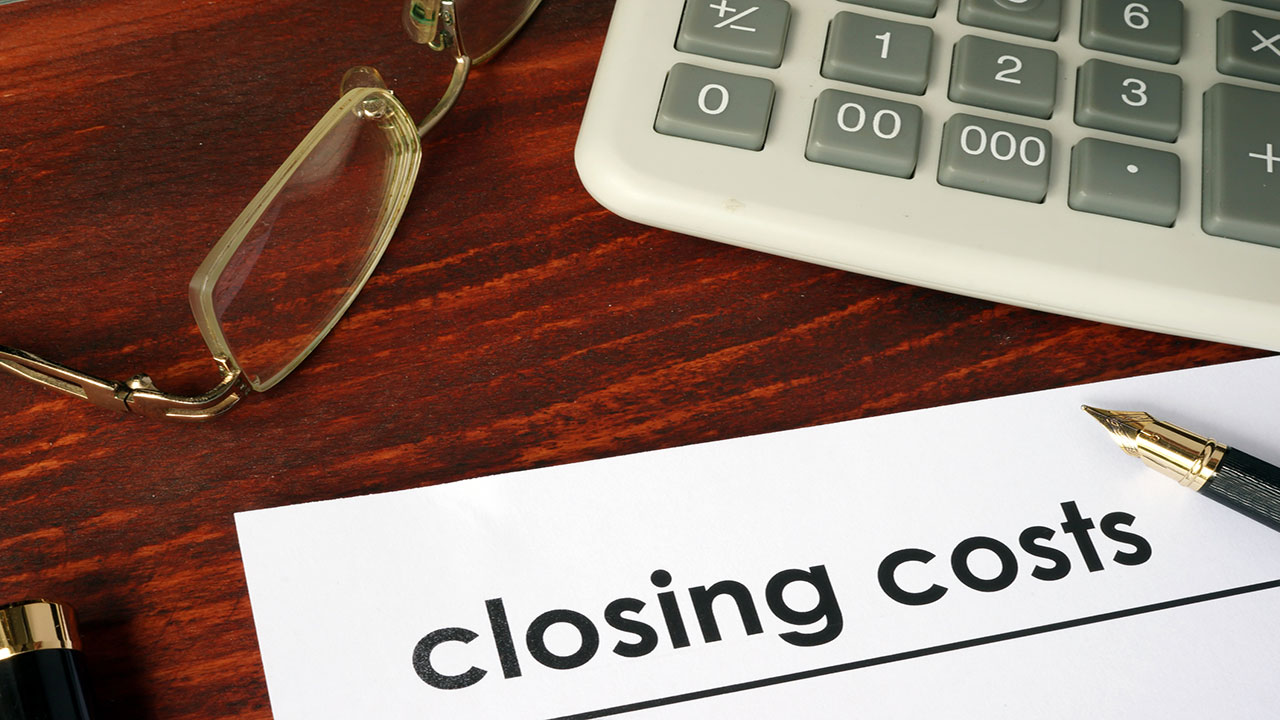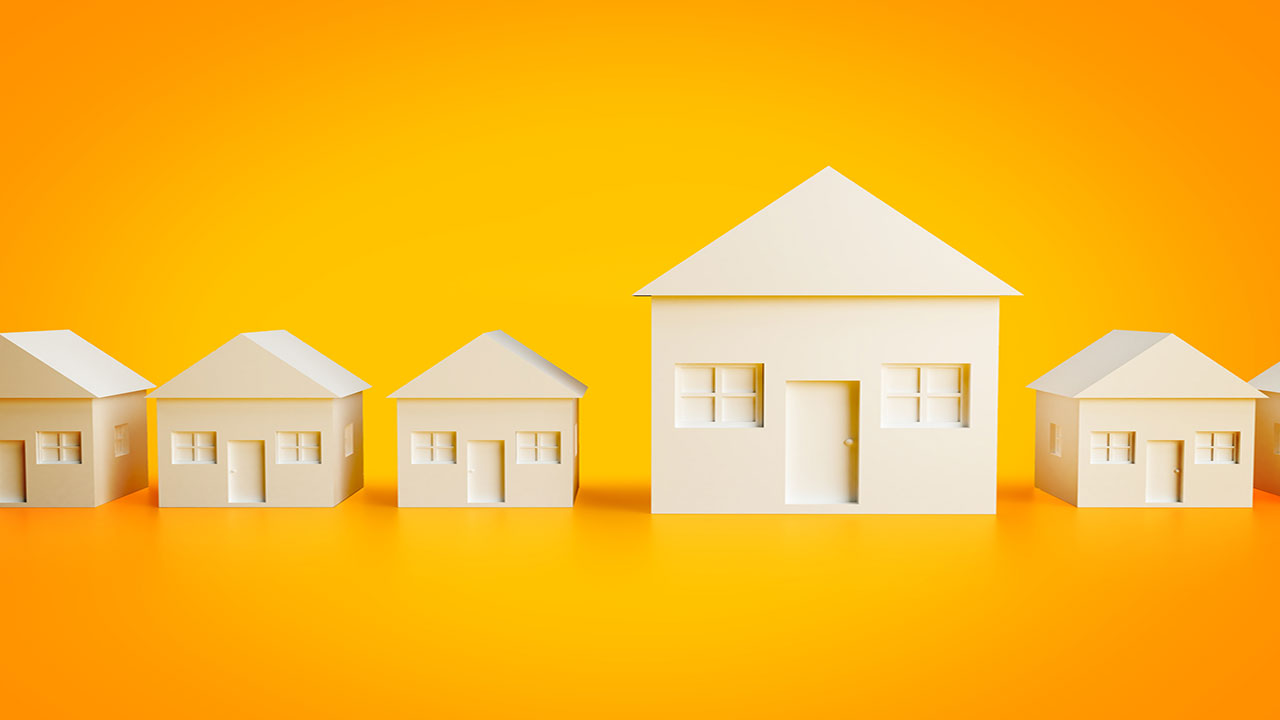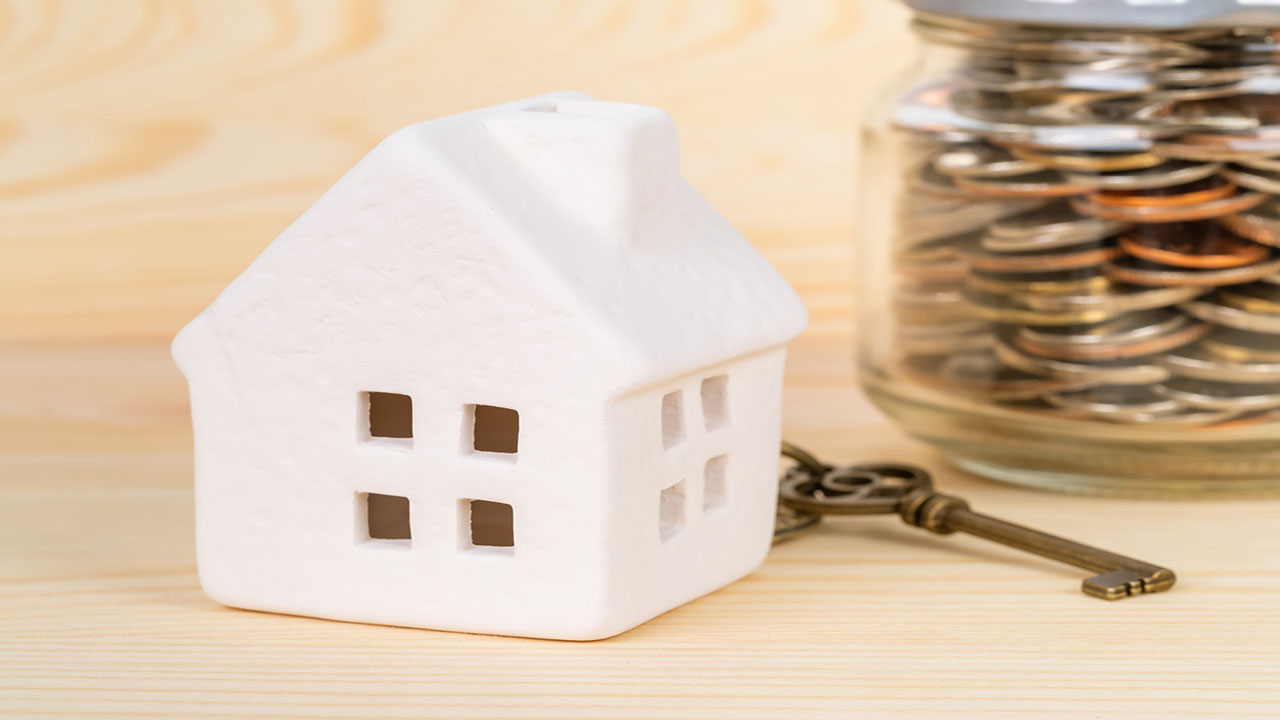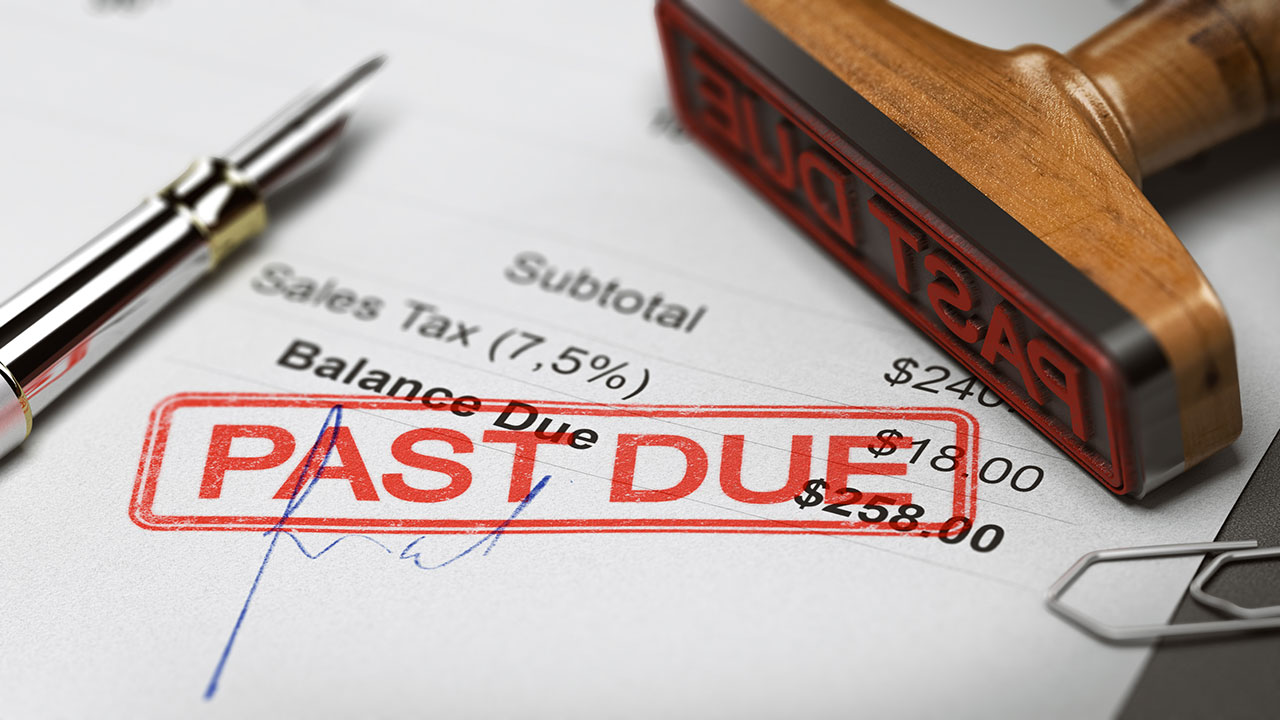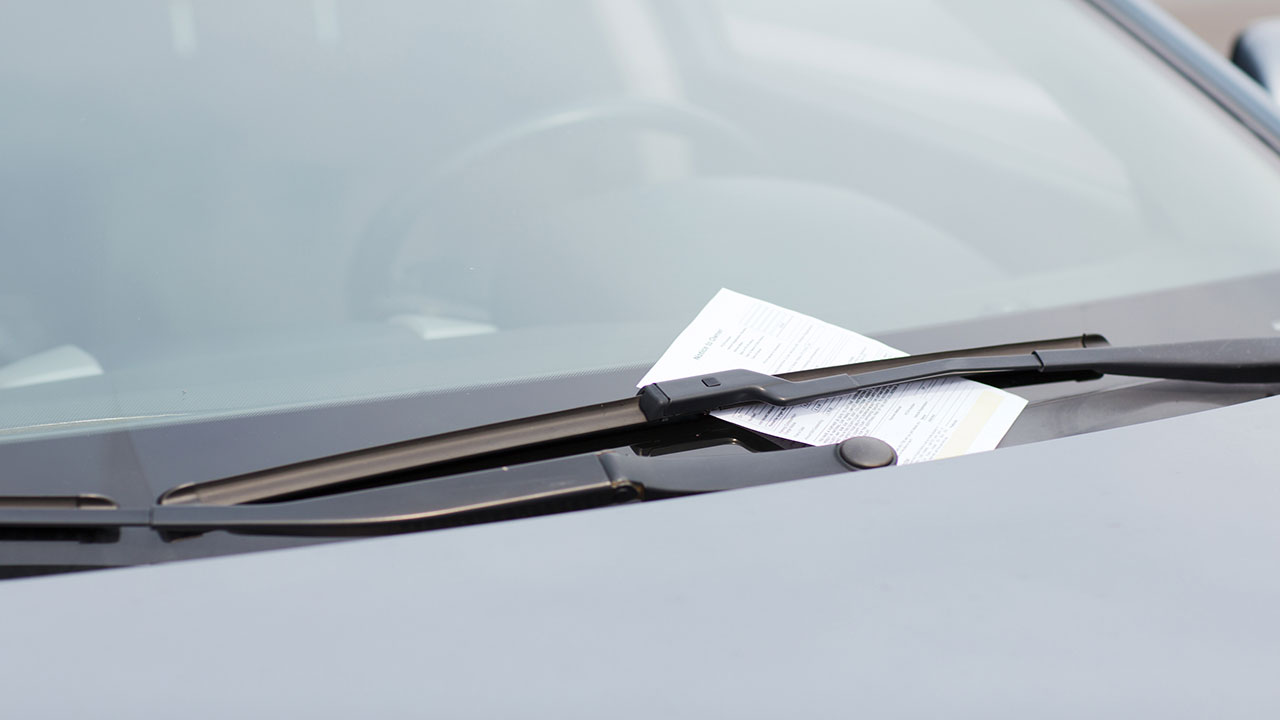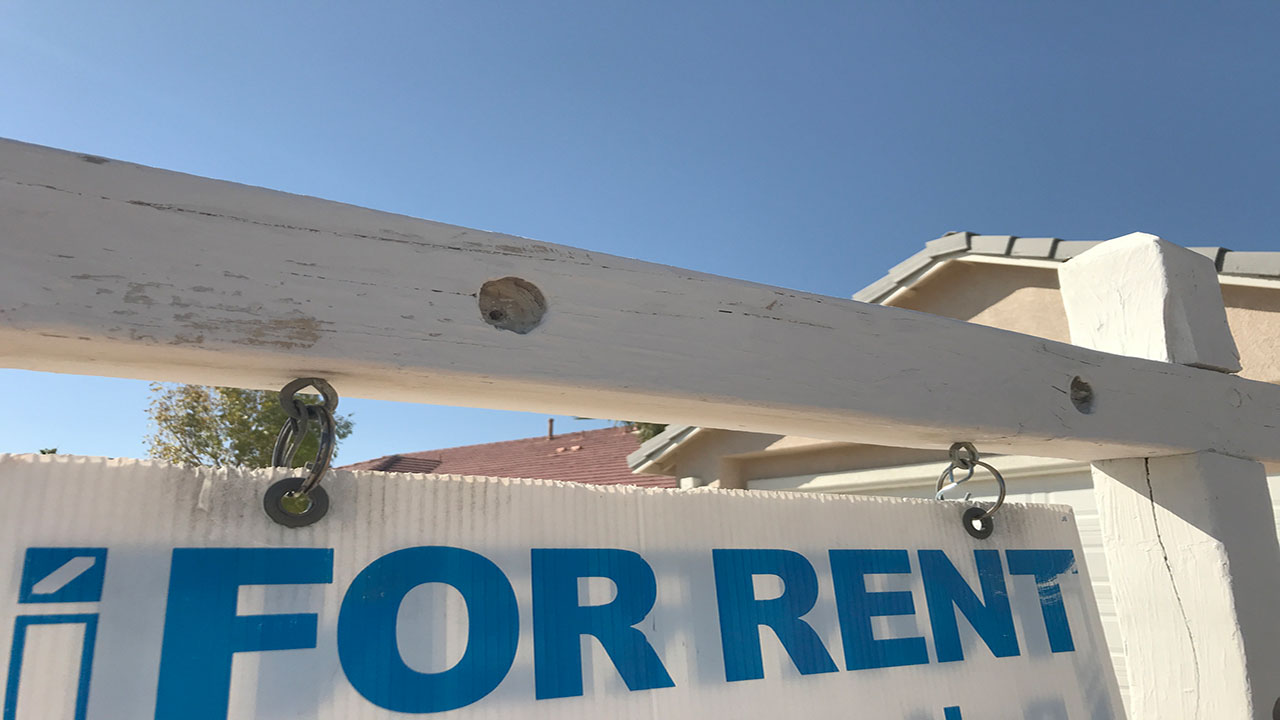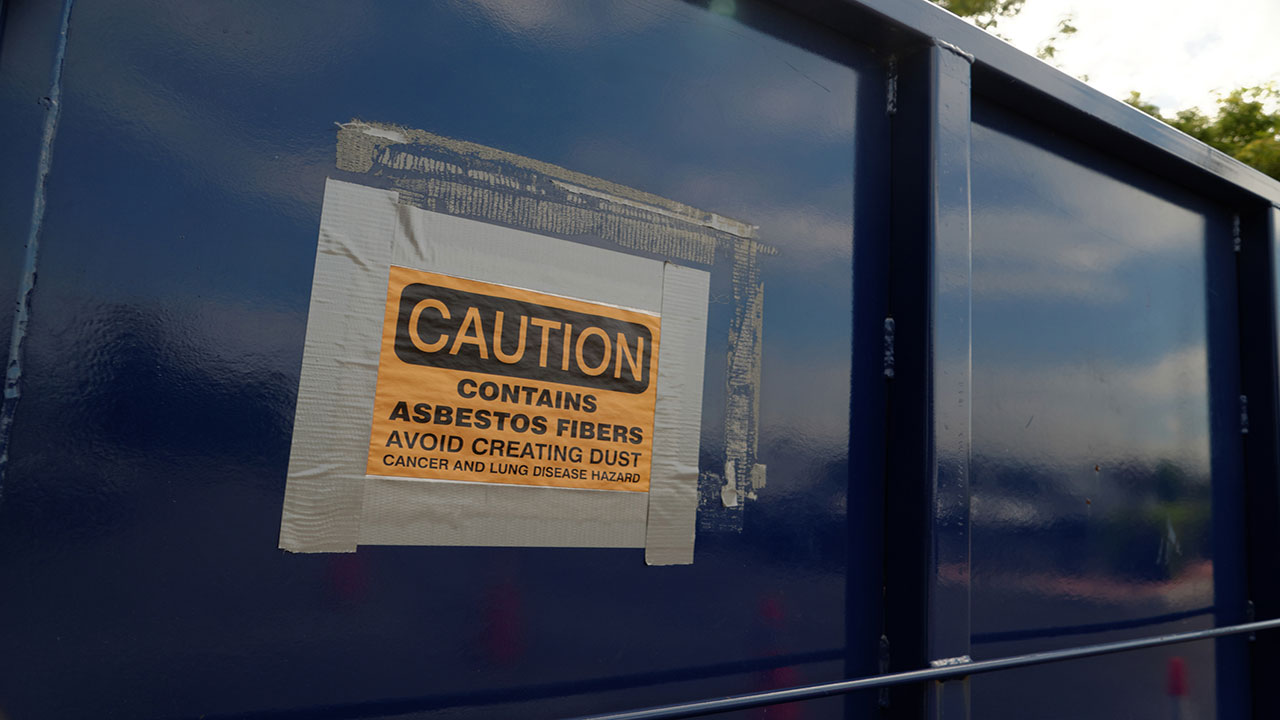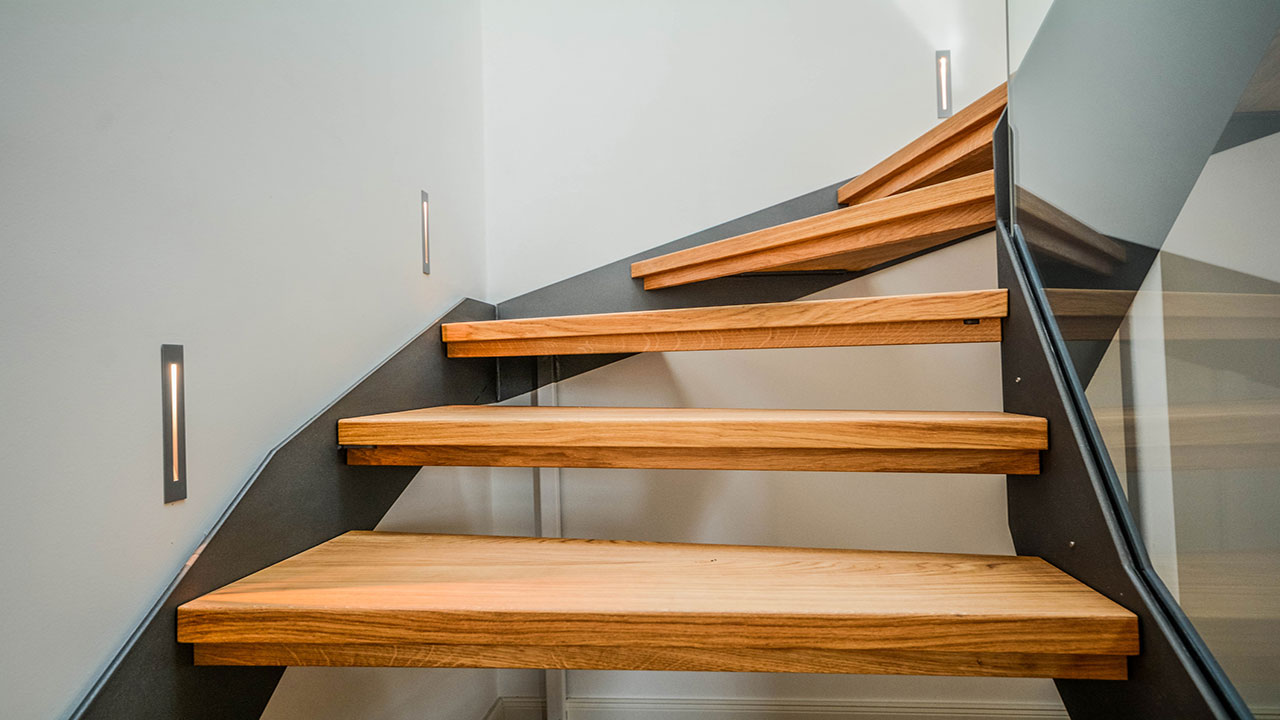8 Tips to Baby-Proofing Your Home

Babies are innocent, but they still manage to get themselves into trouble when they become mobile. Once they start crawling and (gasp) walking, they can easily get into some mischief that can lead to injury. That’s why it’s so important to take measures to keep your child out of harm’s way.
Of course, you’ll definitely want to prevent them from touching a hot stove or falling down the stairs, but there are plenty of other not-so-obvious potential hazards that you’ll want to take care of to protect your precious little one.
1. Secure Bookshelves and Other Furniture

Babies have a tendency to climb things, and if they happen to latch onto a shelf, they can send it tumbling on top of them. To prevent this from happening, secure your bookshelves to the walls.
Any other piece of furniture that has the possibility of toppling over should also be affixed to prevent them from tipping over on top of your child.
2. Cover Electrical Outlets
Electrical outlet plugs have been around for decades to help parents baby-proof their homes. They’re handy at preventing babies from sticking their little fingers in the sockets and getting a major shock.
But be sure to choose outlet covers that make it easy for parents to still access the outlets. The traditional covers can be tough to remove whenever you need to plug something in, so consider getting yourself covers that come with sliders that still make it easier for you to gain access to the outlets while making it tough for your little one to do the same.
3. Cover Stove/Oven Knobs

Once babies are able to stand up and reach the knobs on the stove, you can be sure that they’ll want to grab onto them and see what they are. Unfortunately, they can inadvertently turn them on while satisfying their curiosity.
To prevent them from turning on the stove or oven, place transparent covers over them, which you can find at stores catering to babies and young children.
4. Keep Items Over the Crib Lightweight
Whether you have a mobile, light fixture, or artwork hanging over your baby’s crib, make sure it’s not too heavy. If your baby grabs a hold of it or it falls on its own, it can really cause harm if the item in question falls on top of your little one. As such, make sure that whatever you’ve got over the top of the crib is safe enough to be hung in that spot.
5. Remove Glass From Wall Art

It doesn’t take much for babies and toddlers to lift up artwork hanging on walls (if they’re tall enough to reach or the art is hanging low). And once that artwork comes off the hook, it can easily come crashing down on your baby.
That glass can quickly shatter when it hits the floor, leaving your baby in a sea of sharp-edged glass pieces. To keep your baby safe, remove the glass in front of any artwork that’s within reach.
6. Cushion Sharp Corners and Edges
As babies learn to walk, they inevitably bump into things, and many times their heads are what come into contact with things that are in their way. While this might be OK with many furniture pieces, it’s the sharp corner and edges that you have to watch out for. Smacking their head onto a sharp edge or poking their eyes with a sharp corner can do some damage.
To avoid these mishaps, consider covering these sharp edges and corners with specially-made cushions that you stick onto the areas that need attention.
7. Turn Down the Water Temperature

The temperature of your water can be adjusted, so you’ll want to take advantage of this flexibility. The water that comes out of your hot water spout can be piping hot, which can scald your baby’s delicate skin immediately. As such, be sure to reduce the temperature of your hot water.
Speaking of tubs, be sure to place a non-slip mat along the bottom to prevent any slips and falls. And while you’re at it, consider covering the bathtub spout with something soft in case your baby bumps his or her head on it.
8. Prevent Strangulation By Cutting Looped Cords on Blinds
If your home’s windows are outfitted with blinds, odds are there are dangling cords that are just begging to be tugged at by your little one. The problem with these cords is that they present a real danger to little children in the form of accidental strangulation.
If your baby gets caught in the cord, this can spell disaster. To prevent any mishaps from occurring, cut the loops of the blinds’ cords, and keep them out of reach completely.
The Bottom Line
The aesthetics of your home are certainly important, but with a baby in the home, safety always takes top priority. Luckily, there are plenty of things you can do to baby-proof your home without compromising style. Just a few simple tactics can make your home a lot safer for your little one.







